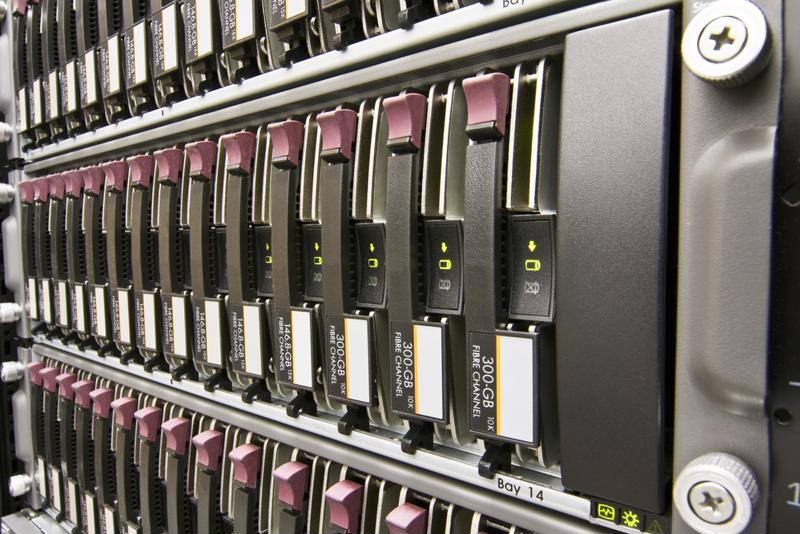
Rebuild or revamp: Considerations for legacy data centers in the modern era
By Donna DonnowitzMarch 12, 2015
A vast majority of those data centers are still utilizing legacy technologies that are inefficient and lack interoperability. However, the resource pointed out that few companies have the means or flexibility to rebuild their data center operations from scratch. Thankfully, there are numerous ways that companies can rescue an aging data center in lieu of shutting down the entire facility.
Eliminate obsolete hardware
Many pieces of legacy architecture can be optimized for use in a modern facility or repurposed to answer a different need within the data center. However, some systems have such a lengthy legacy that they are too behind the curve to save. In cases like these, Data Center Knowledge recommended that IT teams eliminate legacy environments as much as possible in order to reduce costs and improve the reliability of the facility's storage architecture.
Organizations that don't have the energy to sort through mountains of archived data have the option of transferring the entirety of their legacy backup data to the cloud - this transfer may even make it easier for IT professionals to sort through and separate redundant data, leading to additional efficiency improvements after the data has been consolidated and legacy hardware is removed. The resource noted that there are some exceptions to this rule, especially in instances where use of tape or disk storage is mandated by compliance law.
Blur the line between server and storage
A CIO article pointed out that the line separating servers from storage hardware is getting thinner every year. The latest hardware and the rise of software-defined storage has made it possible for generic servers to gain expanded functionality in the data center, and this should be at the front of an IT team's mind as they decide which pieces of legacy hardware are headed out the door. There's less and less value in dichotomizing server and storage into different hardware categories as the two solutions grow closer together. Alternatively, planning server replacements with dynamic functionality in mind helps companies to make the most of their legacy upgrades.

The right data center upgrades could save your IT team the trouble of completely revamping the facility.
Improve efficiency wherever possible
One of the main downsides to operating a legacy facility is massive amounts of power consumed by aging data center infrastructure. IT teams can do their part to fix this issue, even without the funds for new hardware, by addressing some of the facility's physical inefficiencies - simply connecting an energy monitor to their legacy systems via a serial-to-Ethernet server will provide a way of identifying the least efficient spots in the facility. Sealing openings in a raised floor, for example, can both help regulate air pressure in the facility and make cooling strategies more effective. Even simpler fixes, like changing the location of a facility's thermostats, can make a significant impact on how much energy is used to keep the data center at a regular temperature. Minimizing temperature fluctuations is a key strategy for rescuing legacy data centers from uselessness.



